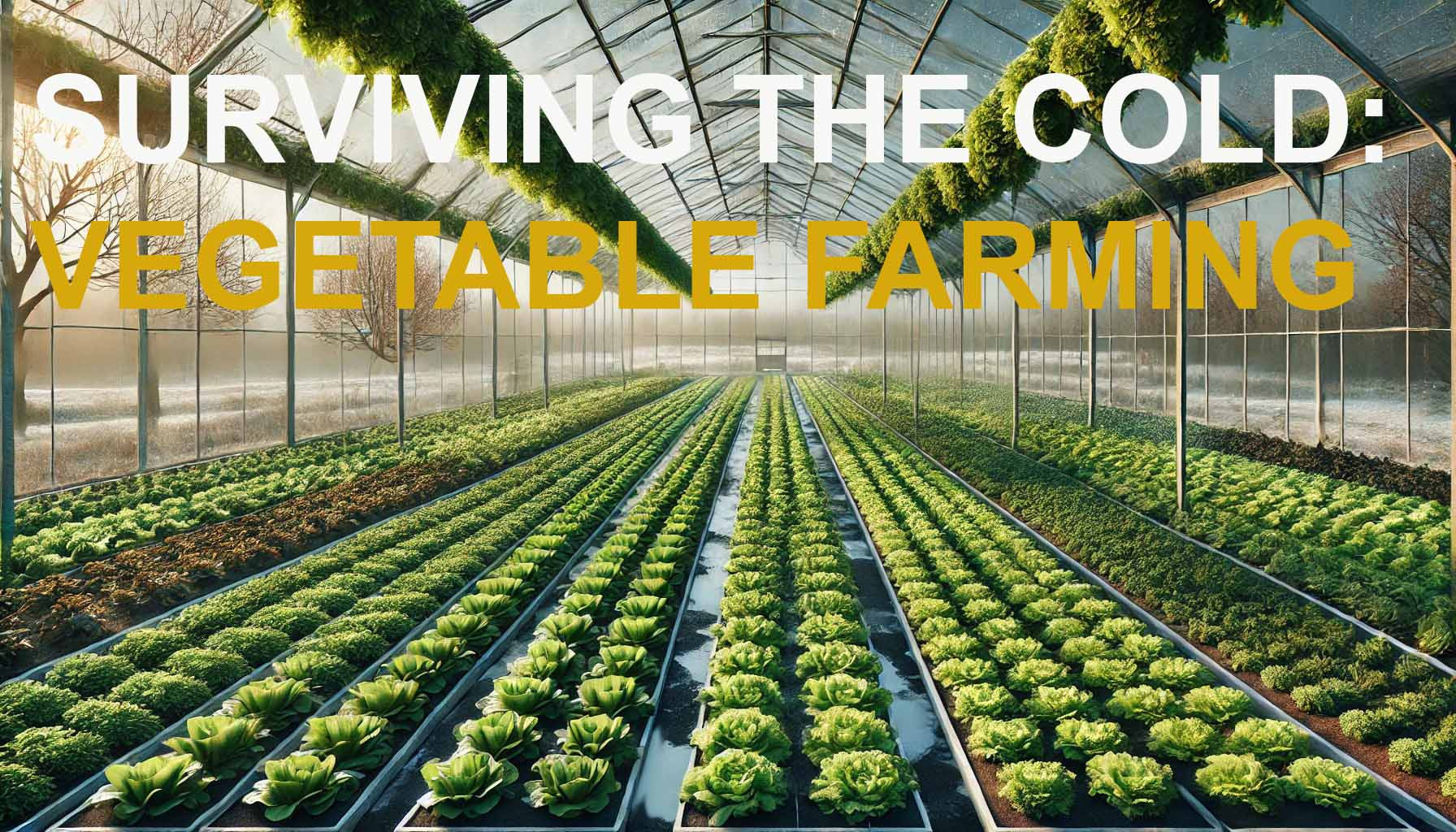Enthusiast Corner
Surviving the Cold: How Canadian Vegetable Farmers Thrive in Winter
When you think of farming in Canada, the first image that comes to mind might be fields of wheat swaying under the summer sun. But for many vegetable farmers, the work doesn’t stop when the snow starts falling. While traditional outdoor farming slows down in winter, Canadian vegetable farmers have found innovative ways to keep producing fresh food year-round.
Greenhouses: A Winter Lifeline
One of the primary ways Canadian farmers grow vegetables in the winter is through greenhouse farming. Heated and climate-controlled greenhouses allow for the production of crops like tomatoes, cucumbers, lettuce, and herbs even in the harshest conditions. With advanced hydroponic and aeroponic systems, farmers can maximize yield while conserving water and nutrients.
Cold-Hardy Vegetables & Storage Crops
Some farmers specialize in growing cold-hardy vegetables that can withstand freezing temperatures. Certain varieties of kale, Brussels sprouts, and carrots can survive frost and even improve in flavor after exposure to cold weather. Additionally, many root vegetables such as potatoes, onions, and beets are harvested in the fall but stored in climate-controlled environments, ensuring a steady supply throughout the winter.
Indoor Vertical Farming
An emerging trend in Canadian agriculture is indoor vertical farming. By stacking crops in layers within warehouse-like buildings, farmers can produce fresh greens, microgreens, and herbs with LED lighting and controlled humidity. This method uses less land and water while providing fresh produce close to urban centers, reducing transportation costs and carbon footprints.
Farmers' Markets & Community Support
Many Canadian vegetable farmers continue to sell their produce throughout the winter at local farmers' markets or through community-supported agriculture (CSA) programs. Customers can subscribe to receive fresh, locally grown vegetables, supporting farmers while getting high-quality, nutrient-rich food.
The Challenges of Winter Farming
Despite these innovations, winter farming in Canada is not without its challenges. Heating greenhouses and maintaining proper growing conditions can be costly, and unpredictable weather can still pose risks. However, with government incentives and technological advancements, more farmers are embracing year-round vegetable production.
Supporting Local Farmers
By choosing to buy locally grown vegetables in the winter, consumers can help sustain Canadian farmers and reduce reliance on imported produce. Look for greenhouse-grown vegetables, winter farmers’ markets, and CSA programs in your area to support the hardworking farmers who ensure fresh food is available even in the coldest months.
Winter in Canada may be long and harsh, but thanks to innovation and dedication, vegetable farmers continue to thrive—ensuring we have access to fresh, nutritious food all year long.

